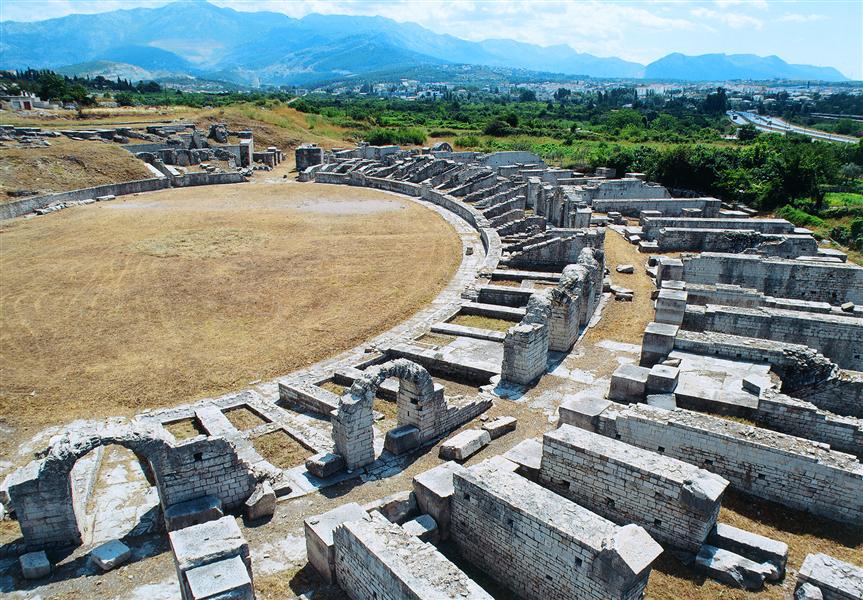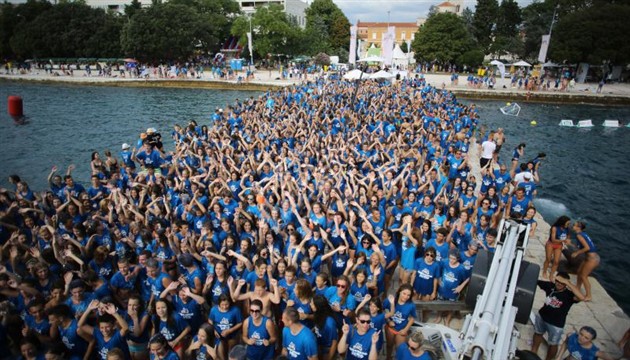5 things you didn't know about Dalmatia
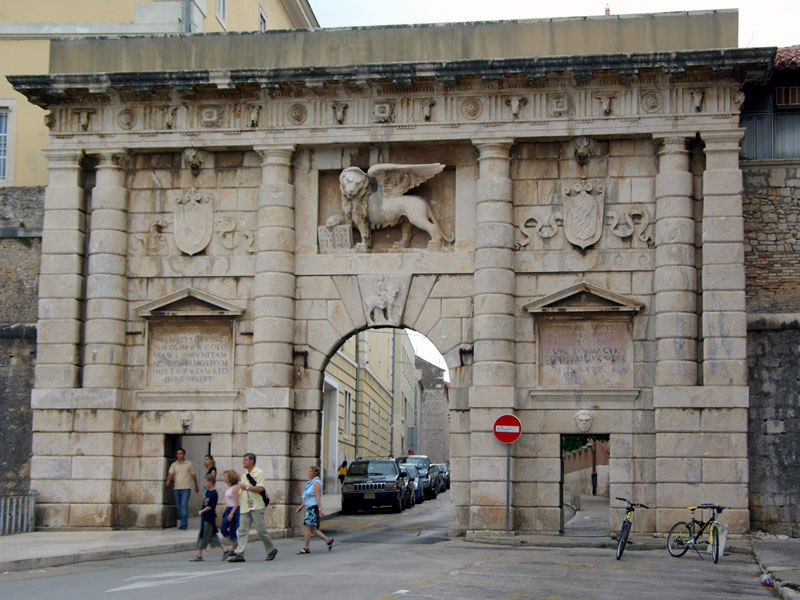
Dalmatia - a region in Croatia you have chosen for your next holiday, isn’t it? So, you know that the Croatian coast is marvellous, with amazing nature and a wealth of cultural-historical heritage to explore, you may also have heard that Dalmatian dog breed owes its name to the region, but how aware are you of the following interesting facts and figures:
Ancient Dalmatia

Funnily enough, Dalmatia is in fact older than Croatia. How is that even possible? It was founded as a province by the Romans even before the Croatians arrived and settled in this territory. Throughout the history it continually changed its boundaries, but mostly as a part of larger countries. Even today it does not represent a unified administrative entity within Croatia - in fact, it is divided in four counties: Zadar and Šibenik-Knin in the north, Dubrovnik-Neretva in the south, and Split- Dalmatia in the middle, with the latter as the only one with Dalmatian reference in the name at least.
Plenty of space
Croatia is not a big country and neither is Dalmatia. To illustrate, Dalmatia is a bit smaller than Connecticut and a bit bigger than half the size of Wales. Dalmatia constitutes roughly 20% of the surface area of Croatia with approximately the same percent of Croatian population. Still, the population density is below average, which practically means - more room for tourists. Indeed, more than 5 times as many people visit this region in one year when compared to the actual number of people who live there permanently.
Rise and fall of the cities
In order of size, Split, Zadar, Šibenik and Dubrovnik are the largest and the most renowned cities, well connected both by land and air. While the great four have an interesting history full of ups and downs to tell, there are also cities that used to have equal or even greater importance at certain point in history. It wasn’t Split but Salona, the remains of which can be found near Solin, which was once the capital of Roman province. On the other side of Split, there’s also Trogir, founded before its currently larger neighbour. Similarly, Biograd na Moru and Nin, both near Zadar, played a major role in early Croatian history. Indeed, the coast is full of reminders of ancient times and no wonder it’s so appealing to filmmakers, who often choose Dalmatian towns and cities for the setting of their historical (non)fiction films.
Truth or dare?
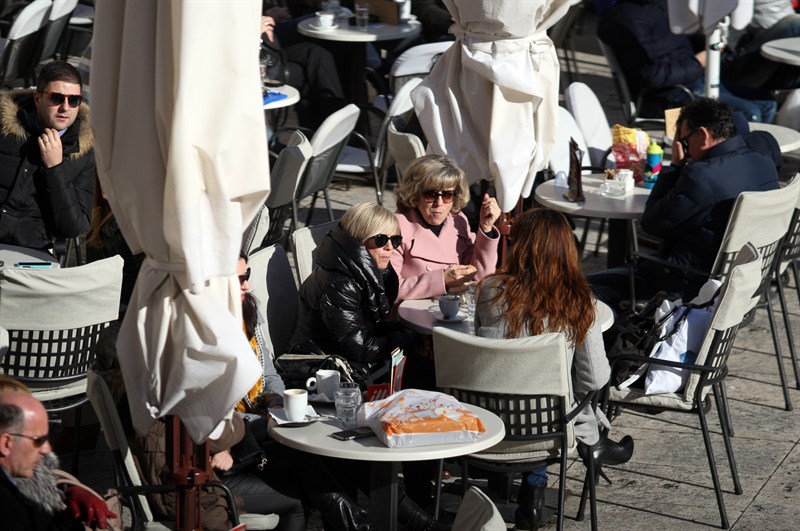
When it comes to stereotypes about Dalmatians, particularly those that come from Split, they are usually regarded as a bit cocky and prone to provocation. They are also famous for their defiance, the so-called dišpet, but most of all, Dalmatians are referred to as idle. It’s easy to come to that conclusion as well when you see the locals sipping their coffee and enjoying the sun for hours on end on an open terrace, but truth be told that particular activity is a nationwide favourite.
Fun facts
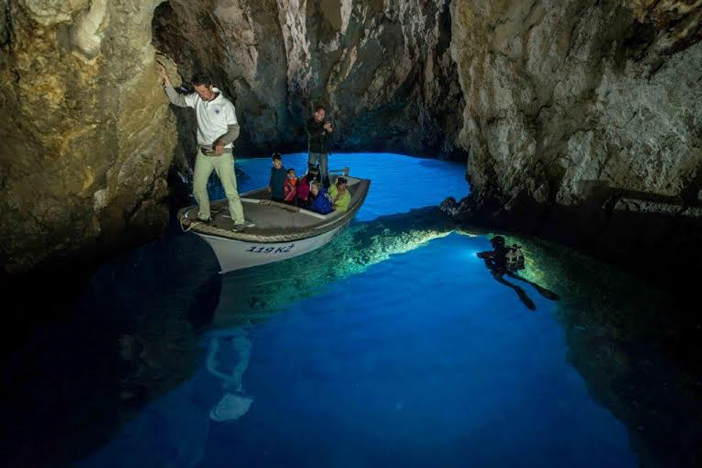
Altogether seven locations in Croatia have been included in the list of UNESCO World Heritage Sites, five of which are in Dalmatia: the historical core of Dubrovnik named the pearl of the Adriatic Sea by Lord Byron, the Diocletian’s Palace in Split, St James’ Cathedral in Šibenik, the historical core of Trogir and the Stari Grad Plain on the island of Hvar, also known as the island of the lavender. The sunniest island in Croatia may also have the best fragrance thanks to the bluish purple flower, but the loveliest blue imaginable can be found in the Blue Cave on Biševo island as well as Mljet island. Hvar is situated in between two famous islands: Korčula, where the renowned medieval merchant Marco Polo was born, and Brač with its excellent Zlatni Rat beach in Bol, a unique beach that changes its shape depending on the wind.
In love with …
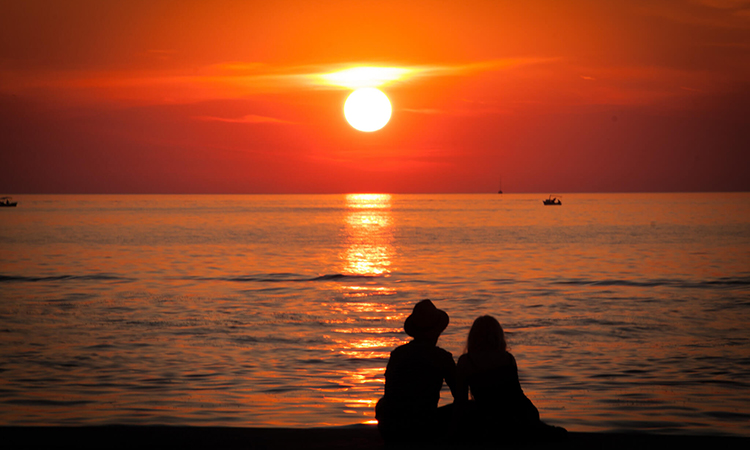
Indeed, the beauty of the Dalmatian coast is absolutely mesmerizing while its intricate history as testified by the numerous cultural historical sights is simply curiosity inspiring. Still, one of the most irresistible Dalmatian places is Zadar. Why? Maybe it’s the best sunset in the world, as noticed by Hitchcock. Or the lulling sound of the Sea Organ. Or could it be Maraschino, the famous liqueur praised as aphrodisiac by the likes of Casanova and Napoleon. It’s entirely up to you to find the answer, so come and explore Zadar and Dalmatia! Woof!









